Telescope-Accessories-Vaonis Vespera Cosmic Filters Bundle
$471.00 Original price was: $471.00.$188.40Current price is: $188.40.
Enhance your stargazing experience with the Vaonis Vespera Cosmic Filters Bundle. Discover the universe—order now!
50 in stock
Expand Your Vespera’s Capabilities with this Filter Set!
This filter set will give your Vespera a boost in performance! Each filter is designed specifically for the Vespera series smart telescopes and will give you a boost during your Vespera imaging sessions. This Cosmic Filters bundle includes the following two filters: dual band filter and light pollution filter.
Each of these filters bring something different to your Vespera telescope’s performance. The light pollution filter, also called a CLS filter, will help block undesired light from your Vespera images while still allowing for the main wavelengths emitted from celestial bodies. Additionally, the dual band filter will boost the contrast of your images, provide sharper details, and is ideal for imaging nebulae!
More About the Light Pollution Filter
The Vaonis light pollution filter reduces the effects of light pollution and increases the contrast between celestial objects and the background sky. This is a must-have accessory if you plan on using your smart telescope in the city or a place with higher levels of light pollution. This light pollution filter blocks the Na (sodium) and Hg (mercury) wavelengths that are emitted by urban night lighting. It also blocks undesirable natural light, like atmospheric oxygen radiation and Moon Glow, while still allowing the main wavelength emitted from celestial bodies. In the left-hand image you can see a graph illustrating the transmission curve of the light pollution filter. CLS filters like this Vespera light pollution filter are particularly useful for improving the brightness of deep sky objects. These objects include nebulae, star clusters, galaxies, and more. Due to the filtered wavelengths, it’s particularly effective on emission nebulae. Some examples are Bubble (NGC 7635), Crescent (NGC 6888), Eagle (M16), Elephant’s Trunk (IC 1396), Flame (NGC 2024), Lagoon (M8), North America (NGC 7000), Omega (M17), Orion (M42), Pacman (NGC 281), Rosette (NGC 2237), Tarantula (NGC 2070), Thor’s Helmet (NGC 2359), Trifid (M20), and Tulip (Sh2-101).
More About the Dual Band Filter
Whether observing in a light polluted urban area or a more natural environment, this dual-band filter will increase the contrast of your images. This filter is especially useful for imaging nebula. The dual band means that this filter restricts incoming light to the wavelengths of Hydrogen Alpha (H-Alpha or HA) and Oxygen III (O-III). This results in greater contrast between the observed object and the celestial background, especially with nebulas, as well as sharper, more refined stars and other details. Therefore, additional detail is visible for a higher quality image. This dual narrowband interference filter will significantly improve image quality. This filter will especially improve contrast and detail for nebulae in emission, dark nebulae with hydrogen emission, planetary nebulae, and supernovae remnants. It will also sharpen the stars of globular clusters, among others. The dual band filter is not designed for observing galaxies, the Moon, individual stars, or planets. In addition, this filter will not adequately filter light from LED sources. The allowed transmission for this dual band filter occurs at a 12 nm width centered at 500.7 nm (for O-III) and at 656.3 nm (for HA).
Vespera Compatibility
Vaonis has designed these filters to fit in the optical arm of the Vespera arm and works specifically with the Vespera lens. This allows the filter to be used at full aperture, with no impact to the optical diameter of the instrument. The lens ring of the filter is equipped with an electronic micro-card that allows the Vespera to detect the filter and adapt its internal software for the best possible imaging. Installation is simple: just remove the standard Vespera lens ring and insert the dual band filter into the optical arm until a click is heard. The Singularity app will confirm that the filter has been detected.
Only logged in customers who have purchased this product may leave a review.


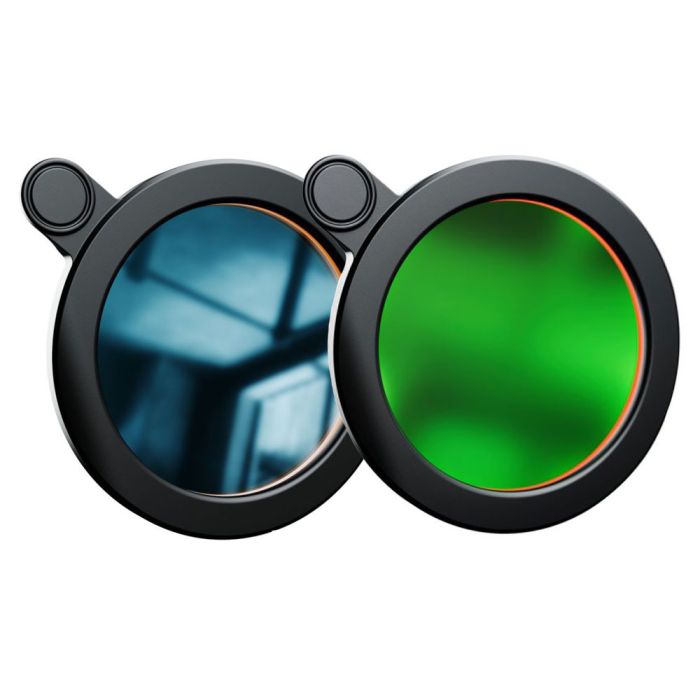
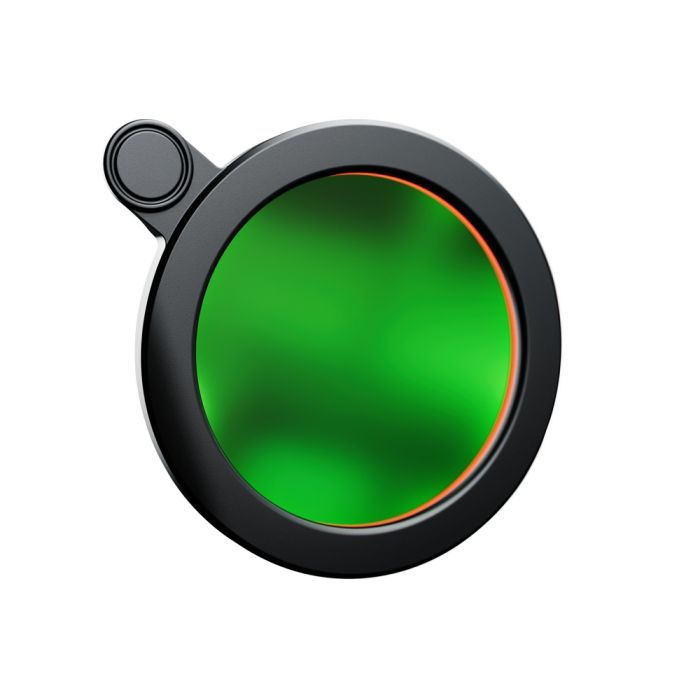
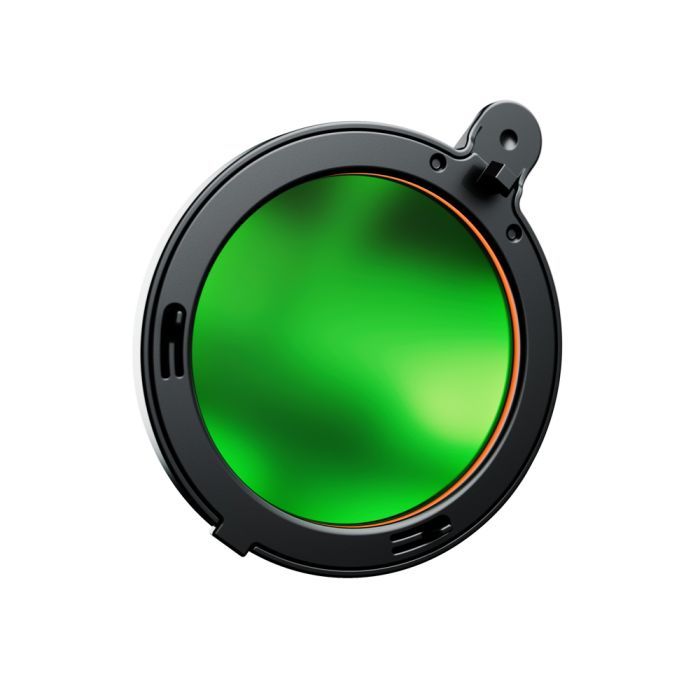
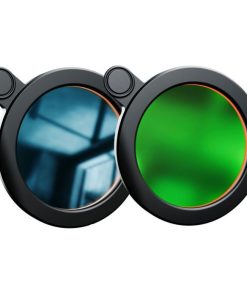
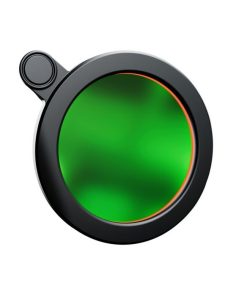
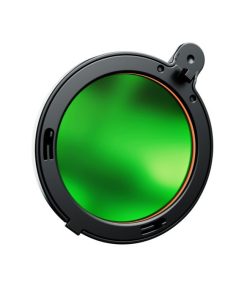
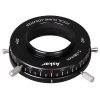
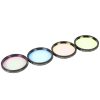
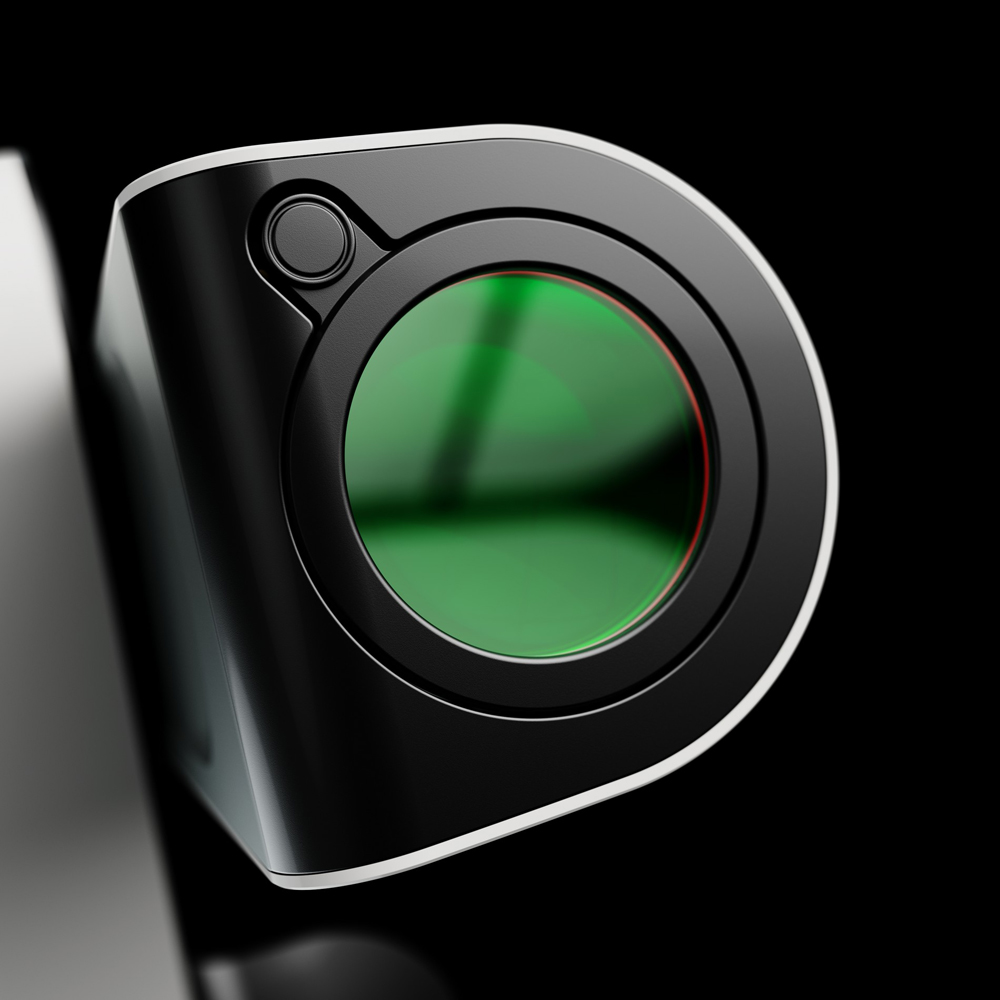

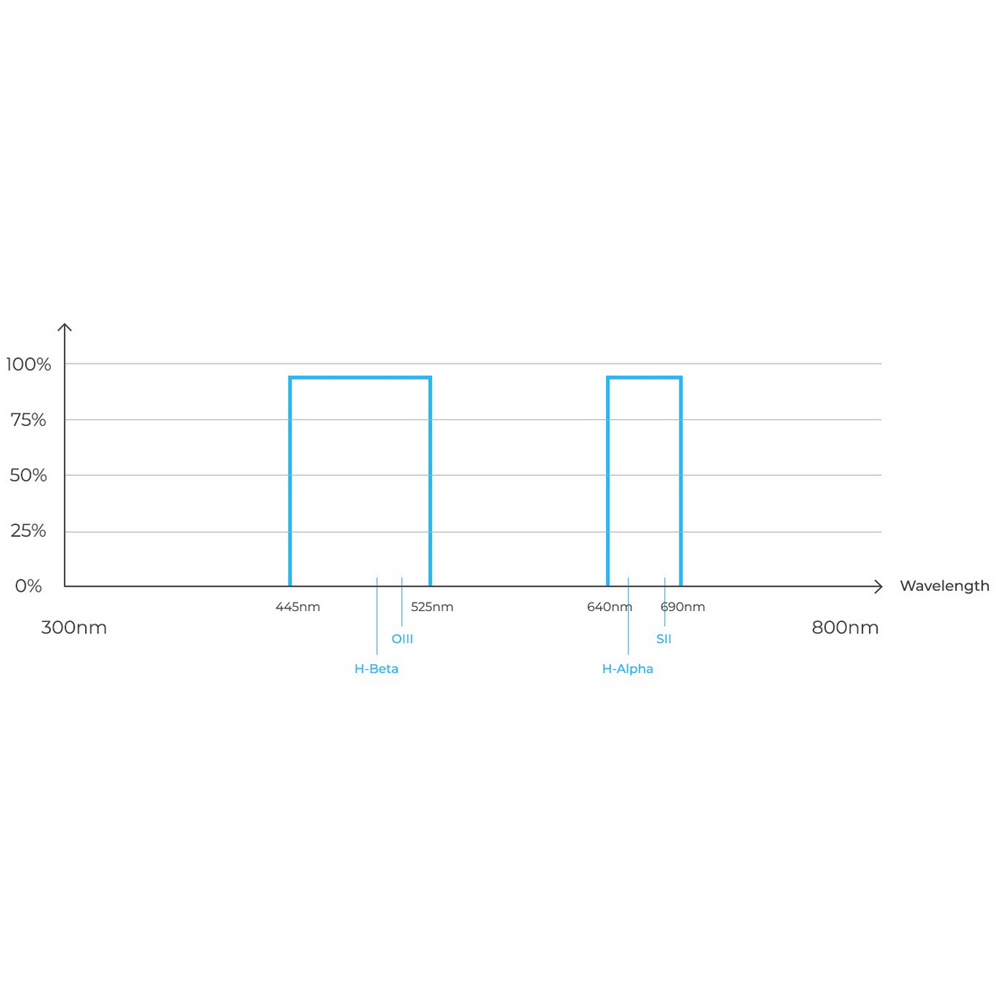
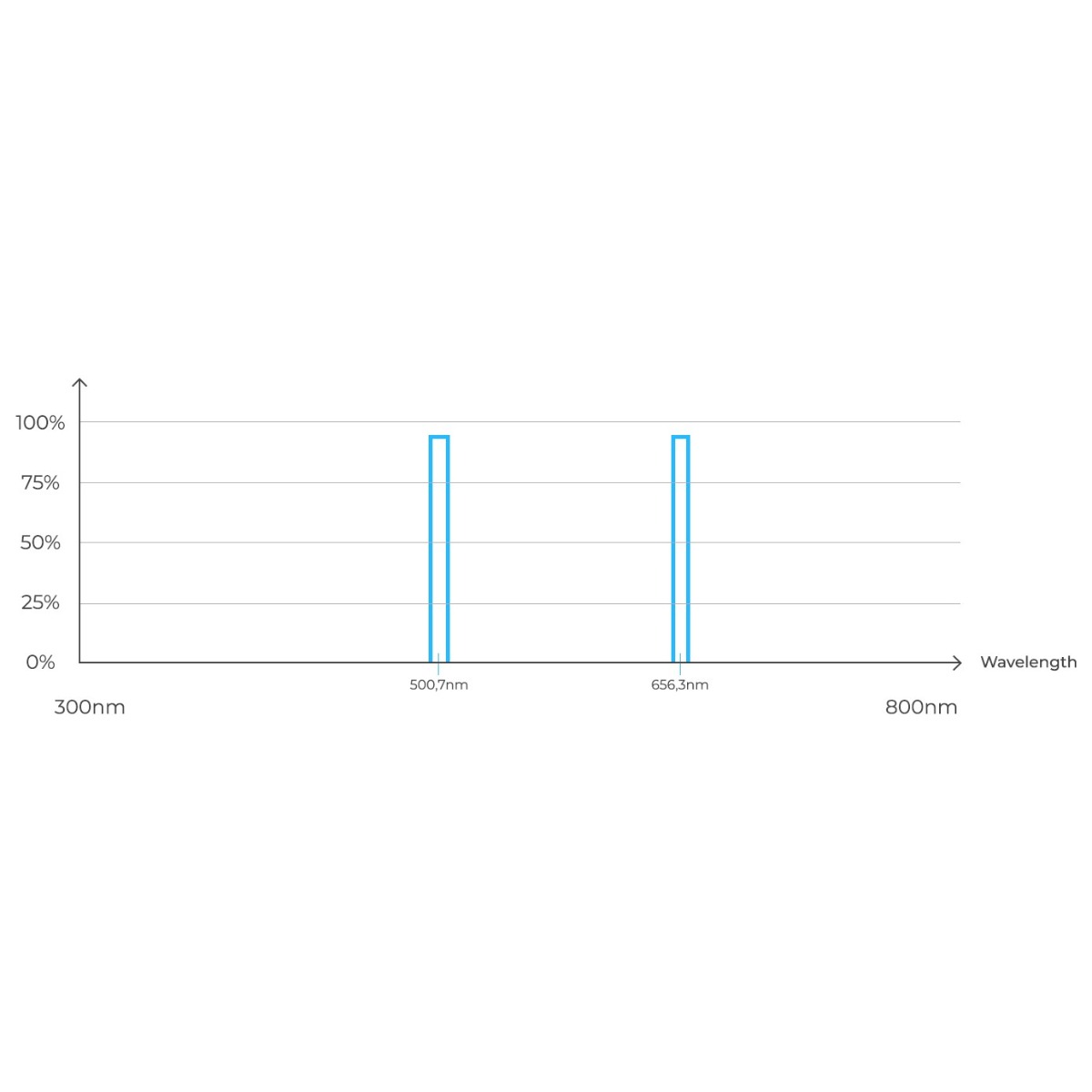
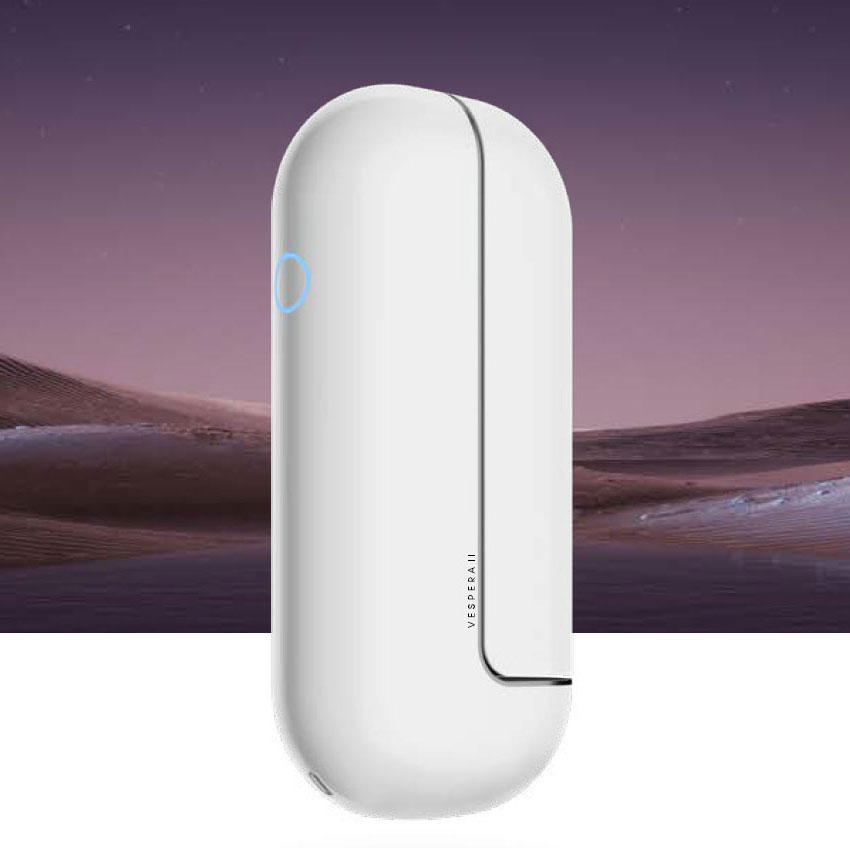
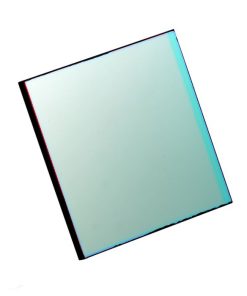
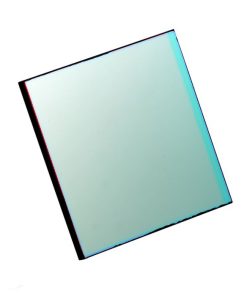
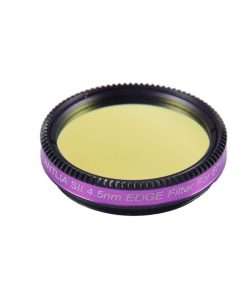
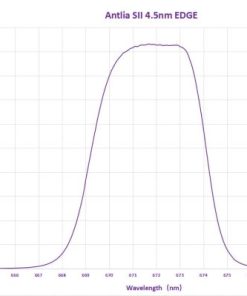
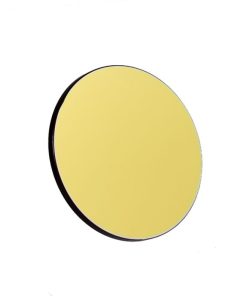
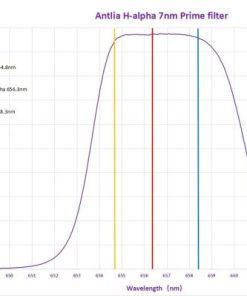
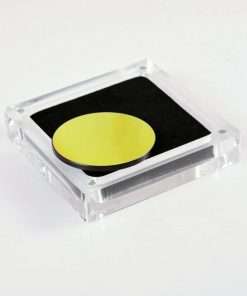
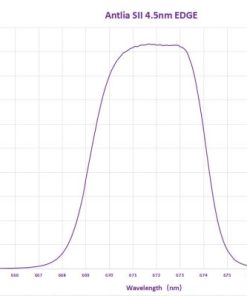
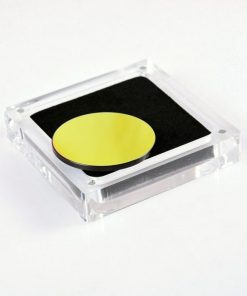
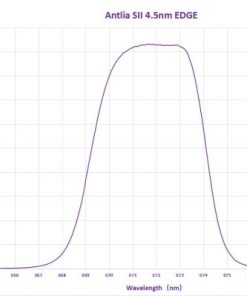
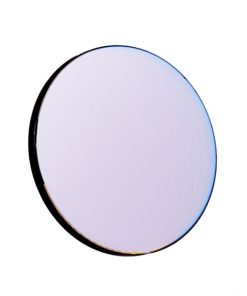
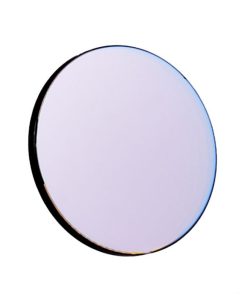
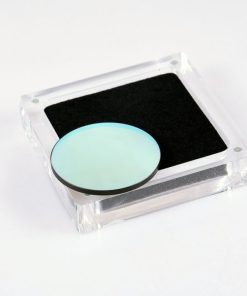
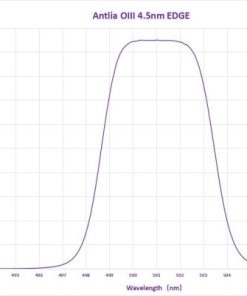
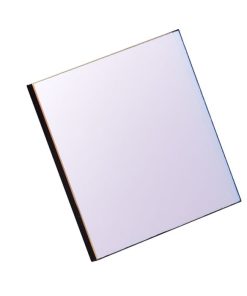
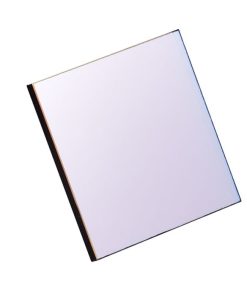
what our customer say this product:
There are no reviews yet